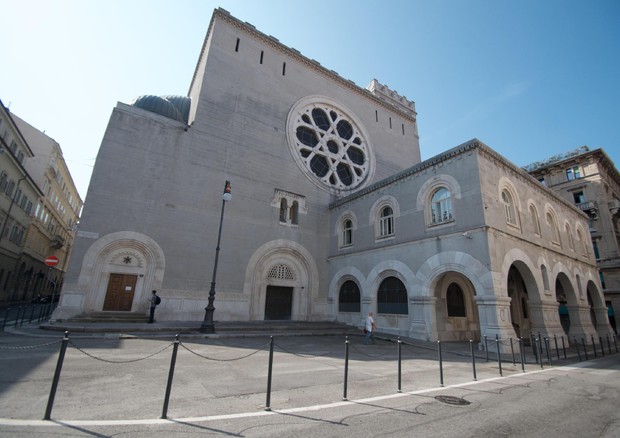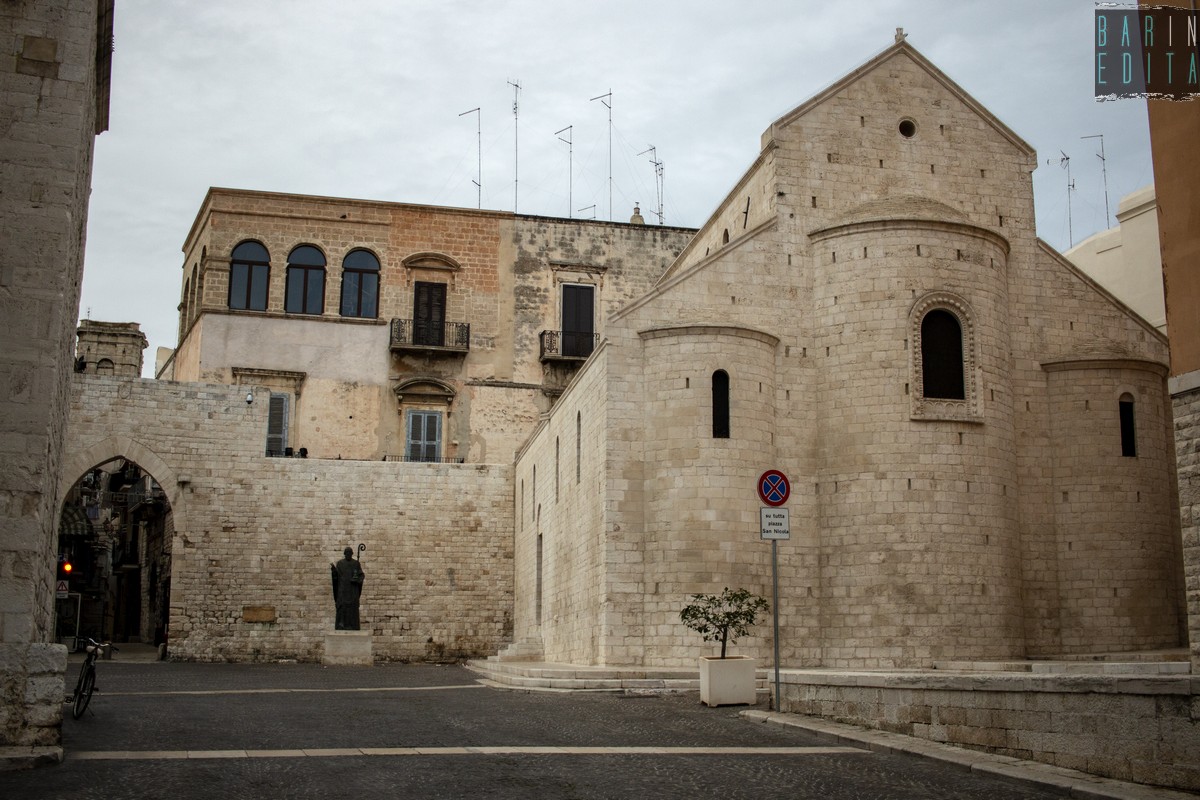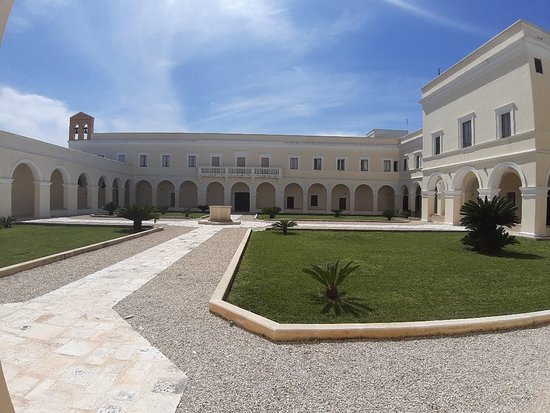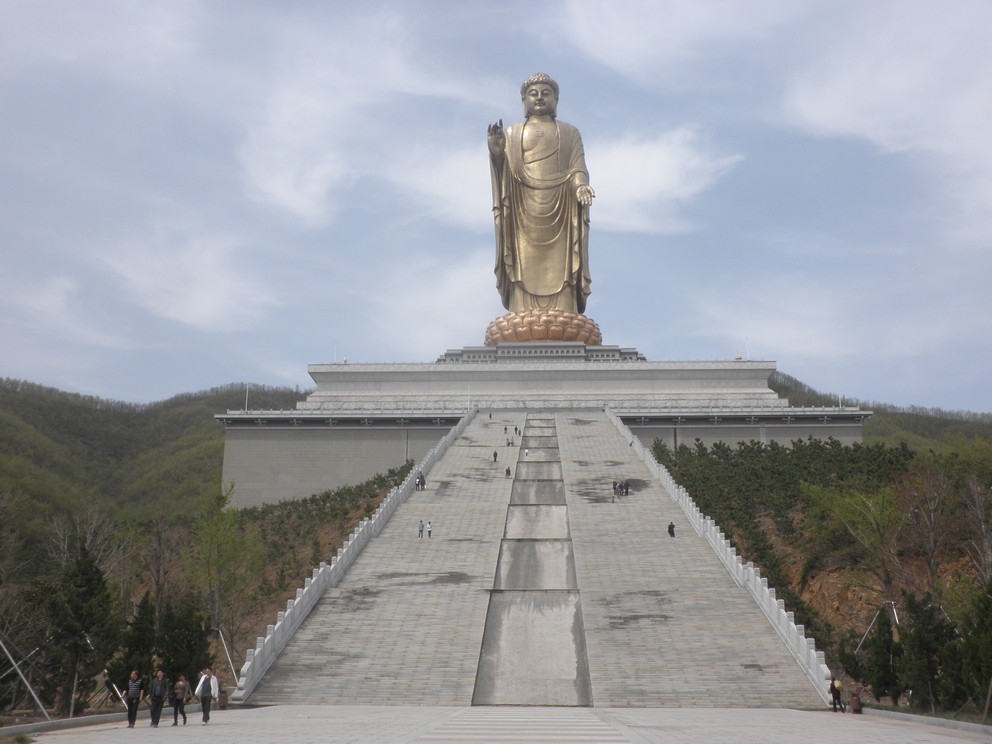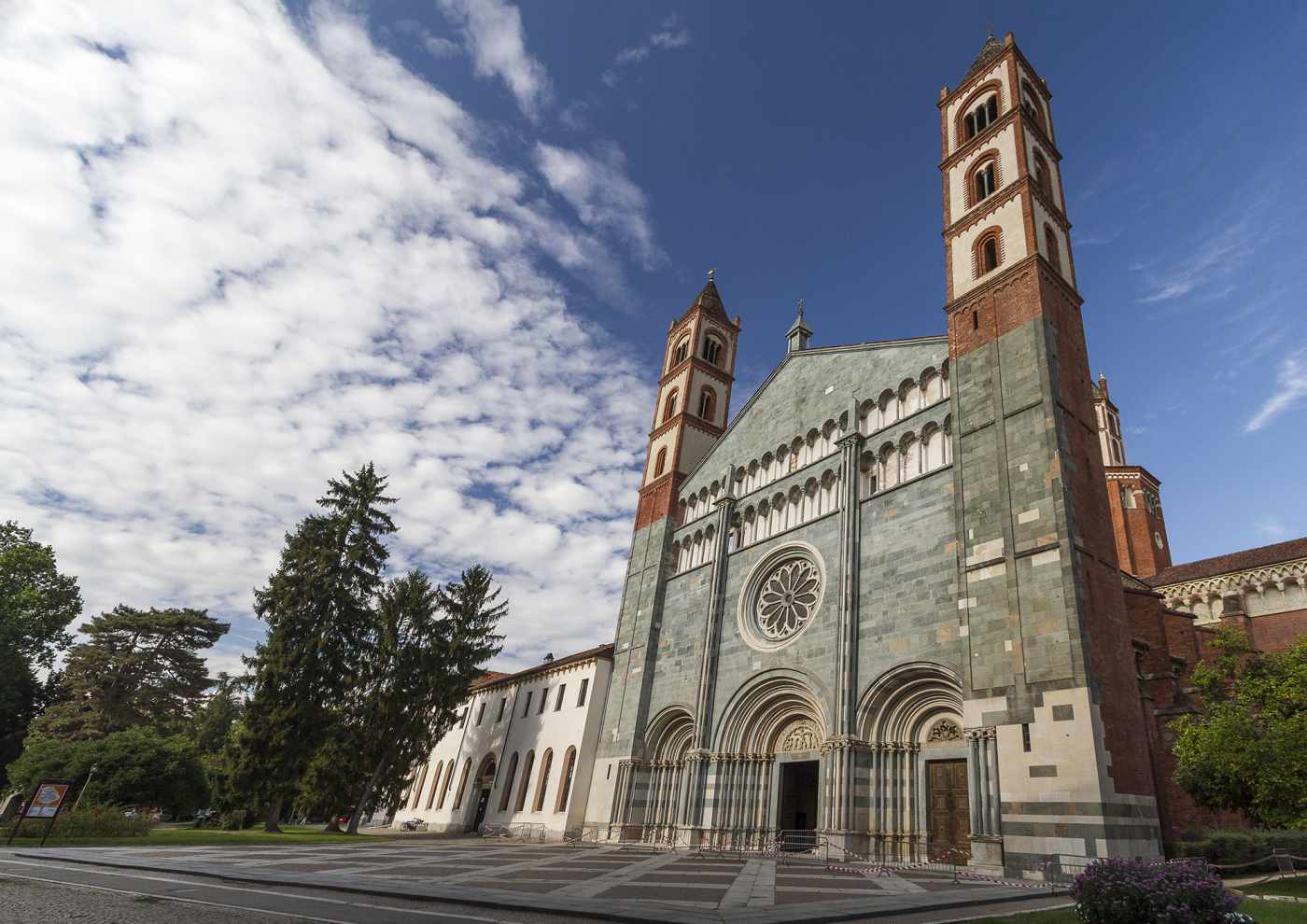The Synagogue of via San Francesco, counted among the largest and most majestic in Europe, is one of the buildings that symbolize the multi-religious Trieste. Designed by architects Ruggero and Arduino Berlam and inaugurated in 1912, the monumental Synagogue tangibly represents the influence achieved by the Jewish Community in the economic and cultural life of the city at the beginning of the 20th century.
The Berlams brilliantly overcame the difficulties of the configuration of the land by creating a rectangular building surmounted by a main dome, three half-domes and a tower with a rectangular base. It is important to underline how the Trieste synagogue differs from the solutions adopted for the construction of synagogues in central Europe and constitutes one of the rare cases of mediation between the basilica model and its adaptation to Jewish worship and ceremonial. The extraordinary complexity of the building site and the technical innovations introduced during its construction make the Triestine temple one of the most important examples in the history of Italian building techniques at the beginning of the 20th century.
The Temple is divided into three naves that culminate in the majestic apse with its golden mosaic vault. The entire room is oriented towards a monumental aròn with gilded copper doors surmounted by a pink granite aedicule with four columns supporting the tables of the law. It is framed by two large menoròt that rest on a marble balustrade with sheaves of wheat, the symbol of the Community of Trieste. The beautiful balcony of the women’s gallery overlooks the aròn on three sides. In the women’s gallery above the entrance portal there is, in a gallery inside a barrel vault, a large organ with pipes decorated with stars of David.
During the Second World War the Synagogue was devastated and used by the Nazi occupiers as a repository for books and works of art. However, the Community’s ritual silverware was saved from plundering thanks to an ingenious hiding place.
On the outside, the building has three façades, on via Donizetti, via San Francesco and via Zanetti: they propose a series of friezes and ornaments that are repeated. The characteristic rose window, which gives light to the interior, stands out. The main entrance is in via Donizetti, where the large portal is surmounted by a tower.
